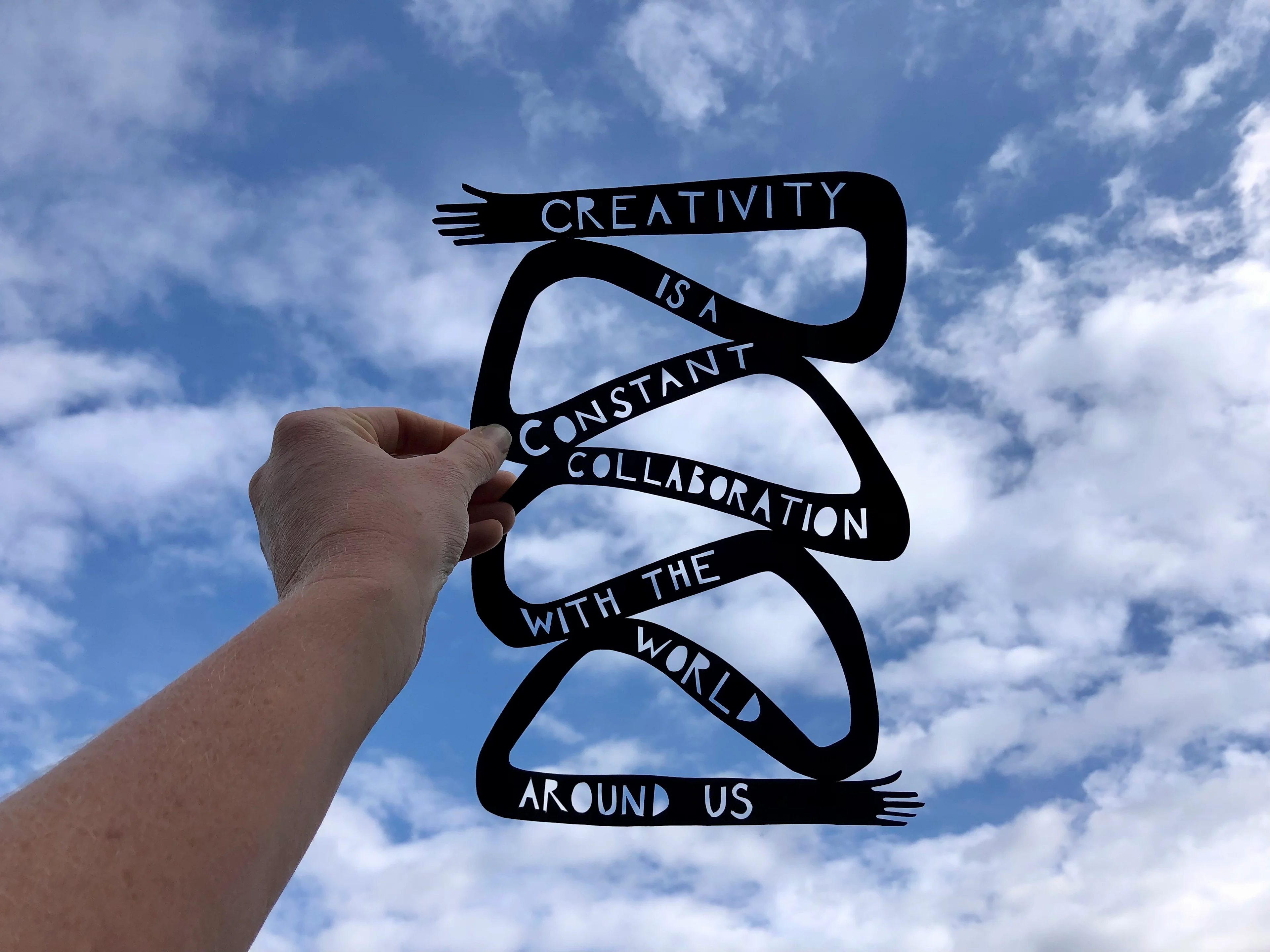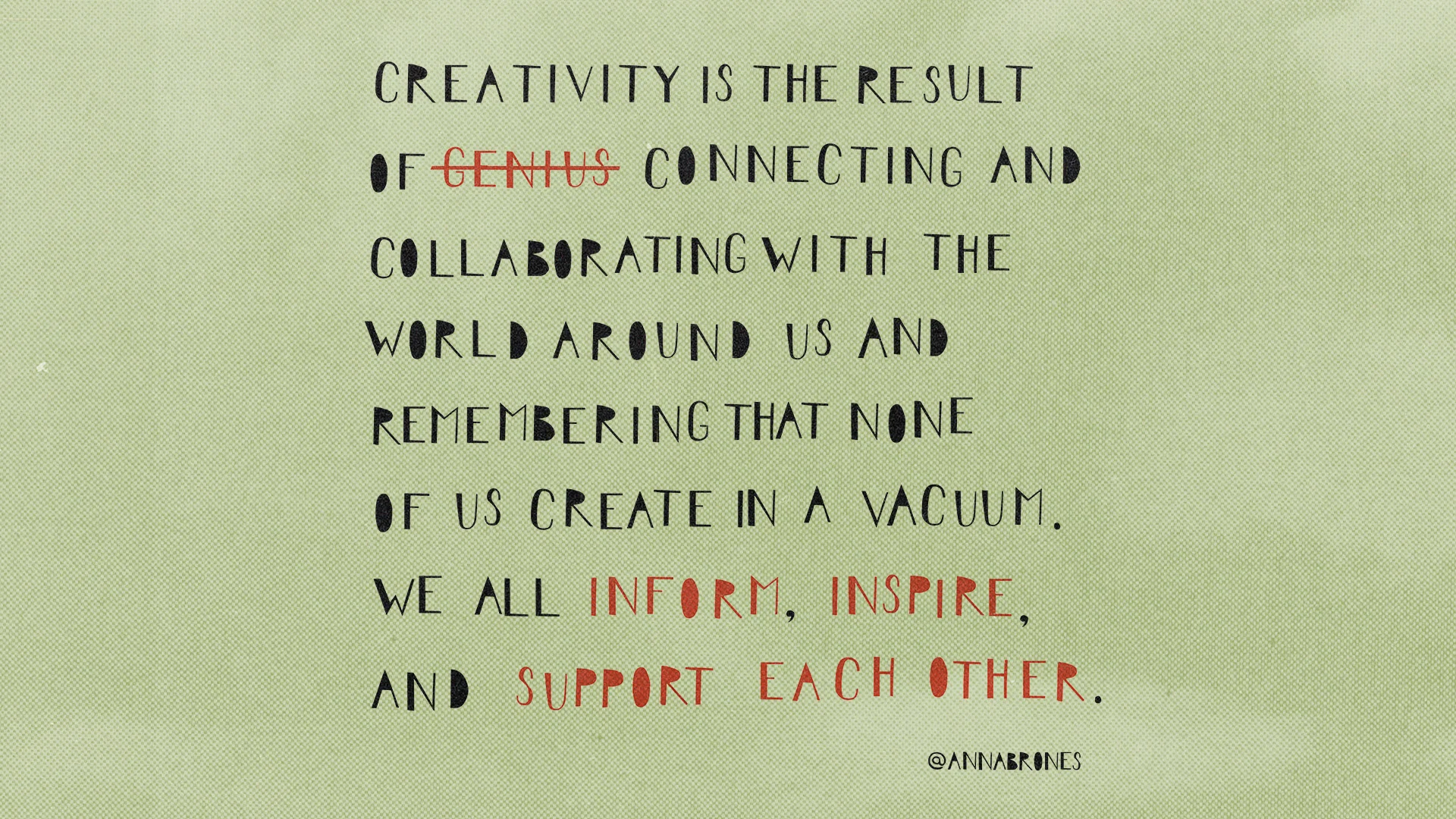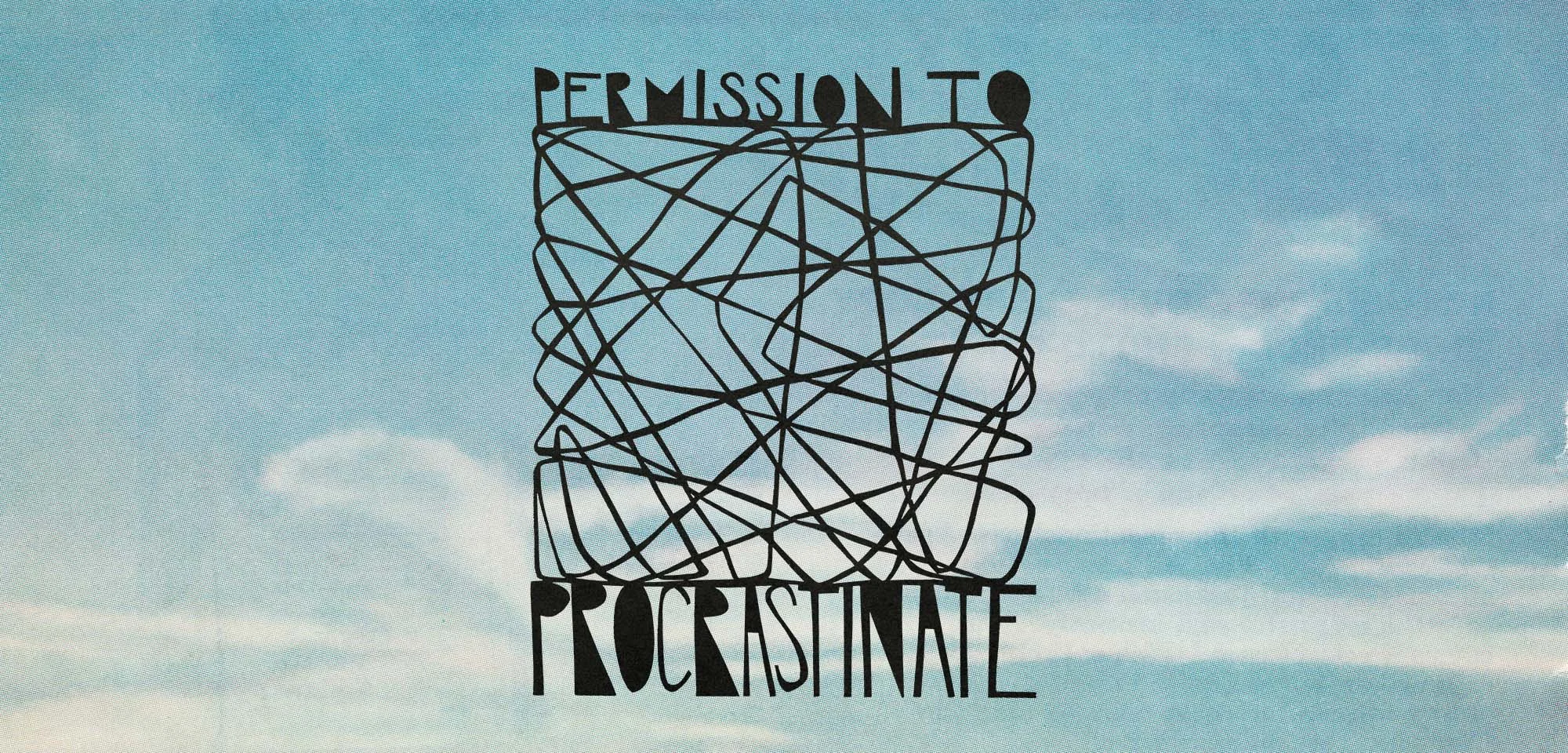The Creative Fuel Series: Collaboration Sparks Creativity
- 31 October 2022
- ByAnna Brones

Even when we work alone, what we create is the result of what we have read, what we have seen, what we have heard. We don’t create in a vacuum. We are in constant collaboration with the world around us, even in the moments when we’re not conscious of it.
Yet we are often drawn to the myth of the sole creative genius. The isolated, solitary artist, working alone and cranking out masterpieces. This individualistic conception of how creativity functions (incorrectly) assumes that it’s the work of one sole person. No wonder we’re culturally obsessed with identifying creative “geniuses” and putting them on pedestals. In an individualistic culture, this all feeds into the idea that we can go it alone. Who needs the support of other people if you can do it all yourself?
The reality is, of course, very different. There are certainly all kinds of individual elements at play in creativity. Solitude can be generative for creativity, and we need time when we can drown out the rest of the world and focus on our creative work by ourselves. But it’s so easy to focus on the individual pursuit of creativity that we neglect to honor its collective nature. Creativity is not a stroke of genius—it is the sum of many parts and many inputs.
Let’s take an oversimplified breakdown of creative work to visualize what collaboration does for us.
An artist has an idea: idea A. They sit down to work on the idea, and end up with a result. We’ll call that result A. The artist may come back to that work later and develop the idea further, but for now we’ll assume that they’ve created the work and moved on.
Now add a second person to that mix. One comes with idea A, and the other person interacts with that idea. They provide feedback. Idea A has now shifted to idea B. Even with only a little bit of back and forth, an idea, and the end result, shifts and morphs into something different.
I’ve been collaborating with my friend Gale Straub on our podcast, Creative Fuel, and I see this play out in every single episode. Because we’re working together, we both bring different things to the table, and we always end up in an entirely different place than I would have if I had been working on it solo. Even if we need space and time alone to create, or mull over our own ideas, we also need brainstorming, and we need other people. Collaboration is, after all, an important part of innovation. It’s a part of how businesses think not just about how teams are built, but how spaces are constructed, and even digital ones, too.
When it comes to office work, there’s a longstanding idea that simply being in the same space or running into someone can help to spark new ideas, something that businesses are having to rethink as workplaces have entirely shifted because of Covid. But that doesn’t mean that working in person is essential for creativity and collaboration, and a transition to more remote work has seen creativity bubble up in new ways. That could be because for good ideas to come to life, it’s not a question of whether we work solo or collaboratively, it’s a question of how we create space for both.
For those of us who work mostly on our own, collaboration might seem more suited to a workplace or company, one with a variety of people with a variety of expertise. But that doesn’t mean that those of us who work alone shouldn’t put the same concepts into practice (just like we all need an executive board).

How can we incorporate more collaboration into our creative process? Here are five ideas to point you in the right direction.
Understand your own ego
Start by acknowledging that it can be hard for those of us who identify as creatives to collaborate because we are usually very attached to our own ideas. Researchers writing for the Harvard Business Review point out that “Artists want to control how their ideas are generated, shaped, and executed.” But if you’re overly wrapped up in your own identity as a creative, you might miss out on good input that helps you to think outside the box.
Welcome other people in
From there, work on welcoming in other people and other perspectives. Using the word “we” with children can help to nurture collaboration as they develop, and anyone who has run their own business knows that when you say “we” it makes it sound like there are more people involved than just yourself. But I would argue that it also makes you more open to accepting help or seeking out partners for potential new projects. Focusing on the word “we” reminds your brain that you can’t do everything alone. And the more that we welcome people in, the easier collaboration flows.
Create a framework to facilitate collaboration
Collaborating with other people also means learning to ask for help, which benefits from setting up some structures to help facilitate an environment where you and your collaborators feel like they can flourish. That involves identifying ground rules and structures for how you communicate and provide feedback, as well as creating a space in which everyone feels like they are listened to and respected.
Know when you need to work alone
As mentioned previously, this isn’t an either/or situation—we need solo work and we need collaborative work. Figuring out the balance that works for you means knowing your own workflow and creative process. When do you need to work alone? When are you most open to feedback? What situations best facilitate idea generation for you?
Creative collaboration creates community
Collaboration may be a key to innovation, but on a more important level it makes us invested in each other. When we collaborate together, whether it’s on a small project or on a big one, we’re not only invested in ourselves doing well, but we’re invested in the other person. This helps us to build a more robust collective culture, one that identifies the important links between people and celebrates how we all influence and support each other.
31 October 2022
Words by:Anna Brones
- Share
